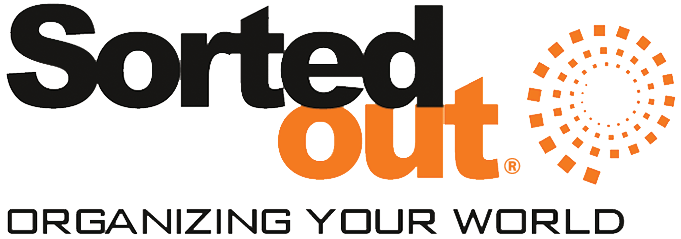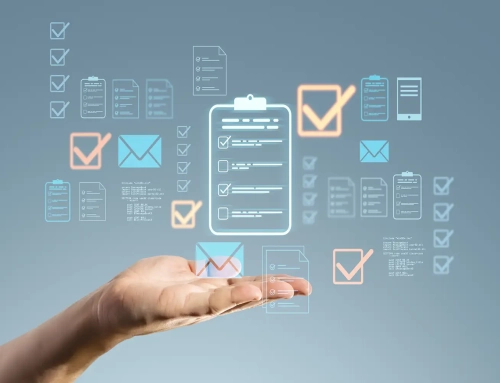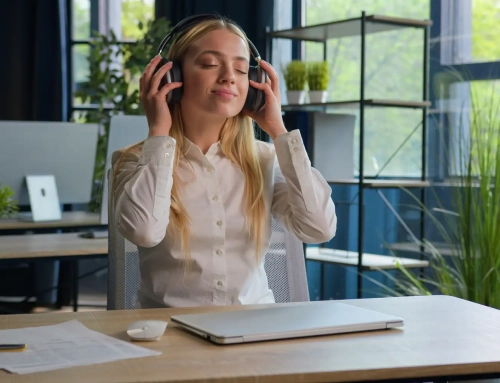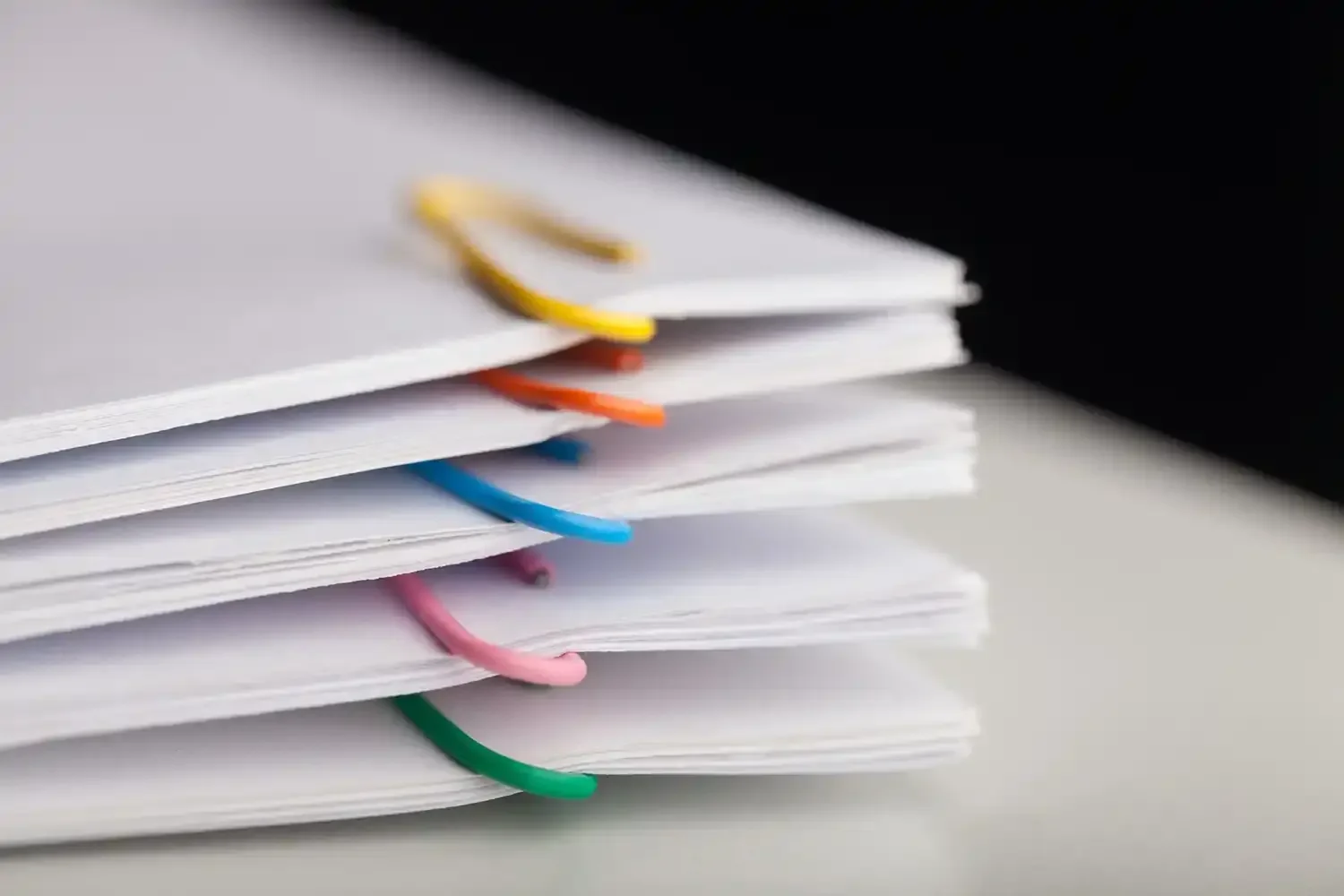
Looking to get the piles upon piles of papers on your desk at work Sorted Out® and gone for good?! We’re here to help! We know even those that are most organized and have the best intentions can’t avoid falling victim to “the pile” from time to time. Things at work get crazy, you’re busy, and before you know it…they appear: the dreaded desktop piles of paper! Read on for a few easy-to-establish processes that will help get those papers organized into files for good.
Have a Filing System
The first step of creating a solid filing system is to purchase a filing cabinet that works best for your office/workspace. Then, you need to make some decisions! Placement is important; make sure you set the filing cabinet(s) up in what you believe to be the most easily accessible spot within your workspace. You should also think about whether the papers you need to store would be best organized in chronological order or in alphabetical order. (You’ll want to decide this early, so you know which drawers to file folders into and how to appropriately label them!)
In addition to the filing cabinet, you may want to consider having a desktop tray or smaller hanging file organizer for documents (action items) that you need regular access to throughout each workday. In this smaller desktop filing space, you’ll want to label one of the slots/files/trays: “To File”.
Then, create a system! As you work, instead of creating a pile of paper on top of your desk, place the files into the “To File” slot to control paper clutter. At the end of the week, or, at the end of each workday before you leave the office, create a habit of filing away any items located in the “To File” slot.
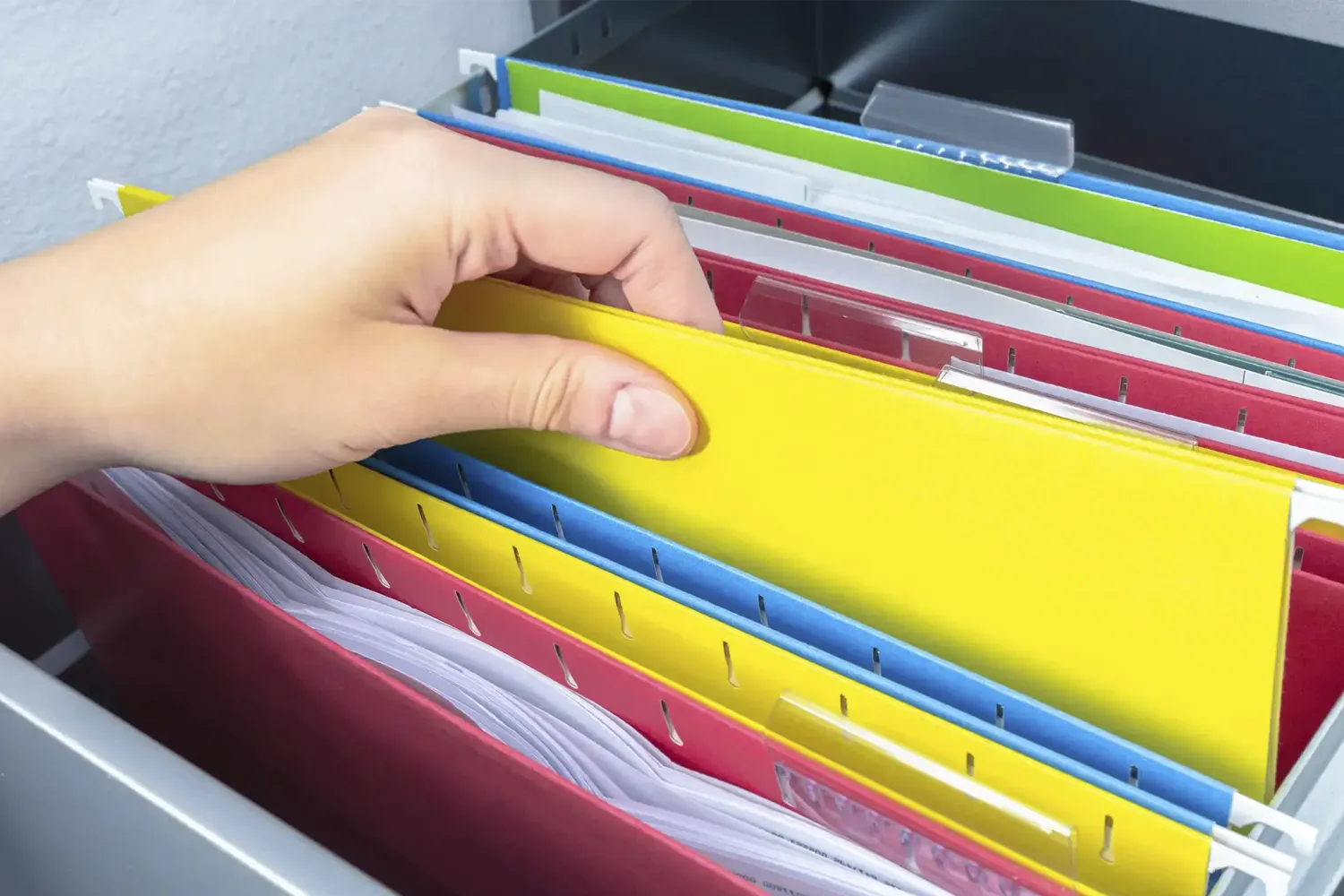
Sort & Shred
Before you get too established in your new filing system it’s probably a good idea to sort through all the previously accumulated paper “buildup”. Sort through your documents and determine if there are any papers you no longer need to keep. Shred any papers that you decide it’s time to purge. If you’re able, have a recycling bin or folder that you can regularly add unneeded papers to and keep up with regular disposal to avoid further paper clutter accumulation.
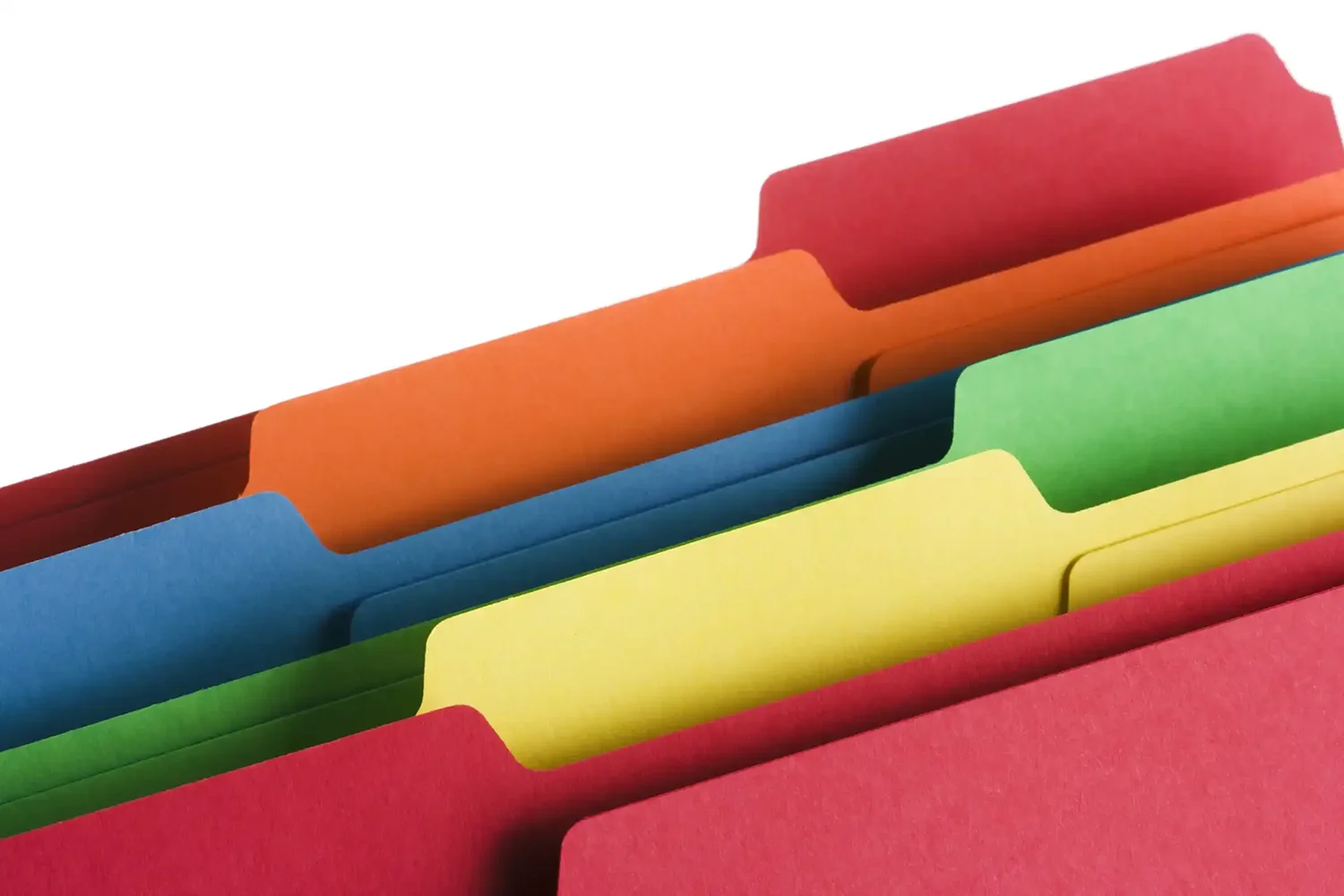
Organize by Color
For your files, it will be extremely beneficial if you include visual organization by color coding. Use colored tabs and coordinating colored folders for the different types of documents you have within your files. You can even go a step further and label each folder with the same color as the folder itself. For example: documents that you regularly use could go into blue folders. Documents needing to be filed can be placed in orange folders. Urgent action items may make the most sense in red. (This visual method is going to help everyone, but it might be especially helpful to those with ADHD!)
Sort by Category
You’ll want to separate files by their type (To File, Urgent, To Do, Daily Use, etc.), but then organize the files by category. Categorize based on what makes the most sense for your business. For one job category examples may include: Client Files, Banking, Accounting, Marketing, etc. For another, categories may be: Invoices, Taxes, Purchasing, Orders, etc. It will vary greatly depending on you and your role! You can then also add subfolders to each category folder if needed. For example, if you’re unsure about a specific document’s category you may create a “Miscellaneous” folder. This categorization is especially helpful for those who aren’t tech-savvy, or, those that simply prefer physical files over digital!
Label!
Of course, these files won’t mean much of anything without proper labels! It’s recommended to use a label maker to label the folders/tabs/trays, versus handwriting, because it ensures anyone using the filing system can clearly identify the folder’s contents. (Imagine being an administrative assistant in a doctor’s office and needing to sort papers into files labeled with “prescription pad chicken scratch”!!) Clear, matching labels will help you (and anyone else) maintain the filing system with ease and efficiency.
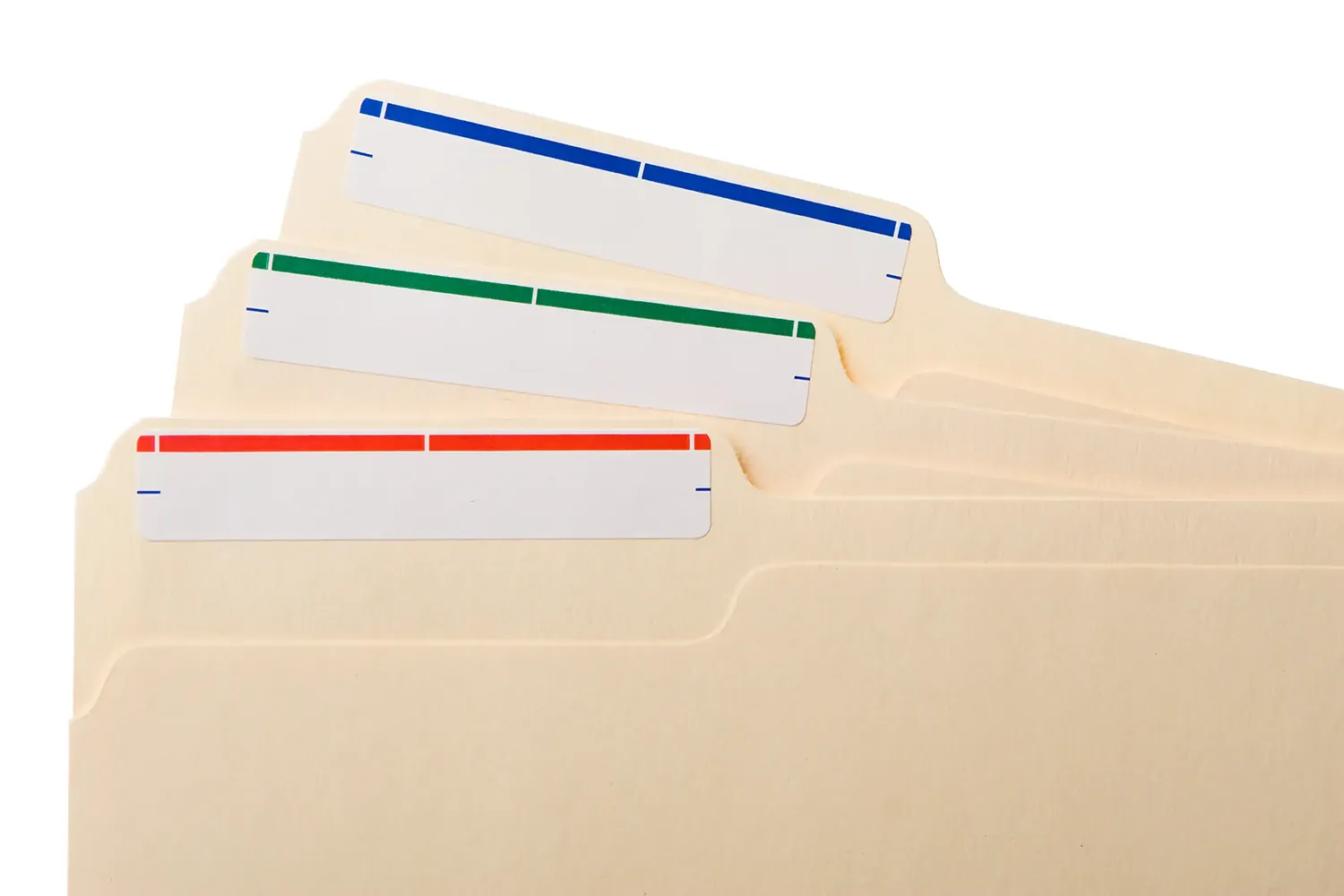
The business, job, or role doesn’t matter; a paper filing system at work will make your life more efficient, easy, and stress-free. If you plan to use these tips and begin establishing a filing system only to run into trouble & need some professional help…let us know! Send us an email at info@sortedout.com and one of our experts will be more than happy to assist.
Looking forward to hearing from you,
Tonia
Request a Consultation
There are so many ways that organization can help take back a space that is overwhelming and bring it to functional! We are excited to help start your journey to an organized and productive space.
